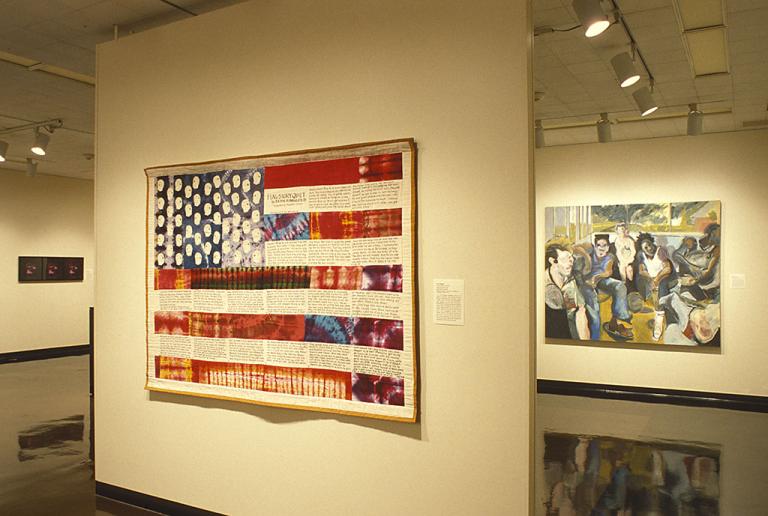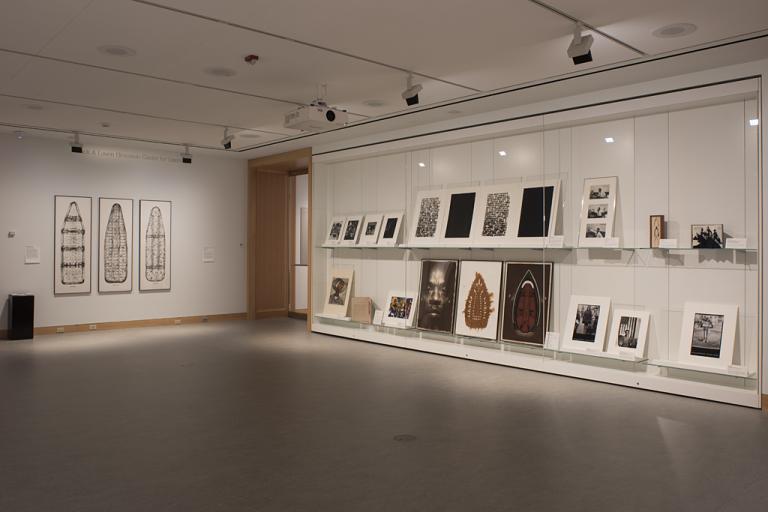Blue Plate Special, Alison Saar; Vinalhaven Press
Artwork Overview
Alison Saar, artist
born 1956
Vinalhaven Press, publisher
active 1985–1999
Blue Plate Special,
1993
Where object was made: United States
Material/technique: etching; lithograph; chine collé
Dimensions:
Image Dimensions Height/Width (Height x Width): 622 x 622 mm
Sheet/Paper Dimensions (Height x Width): 721 x 622 mm
Image Dimensions Height/Width (Height x Width): 24 1/2 x 24 1/2 in
Sheet/Paper Dimensions (Height x Width): 28 3/8 x 24 1/2 in
Frame Dimensions (Height x Width x Depth): 36 x 30 1/4 x 1 in
Weight (Weight): 11 lbs
Image Dimensions Height/Width (Height x Width): 622 x 622 mm
Sheet/Paper Dimensions (Height x Width): 721 x 622 mm
Image Dimensions Height/Width (Height x Width): 24 1/2 x 24 1/2 in
Sheet/Paper Dimensions (Height x Width): 28 3/8 x 24 1/2 in
Frame Dimensions (Height x Width x Depth): 36 x 30 1/4 x 1 in
Weight (Weight): 11 lbs
Credit line: Museum purchase
Accession number: 1995.0009
Not on display
If you wish to reproduce this image, please submit an image request








